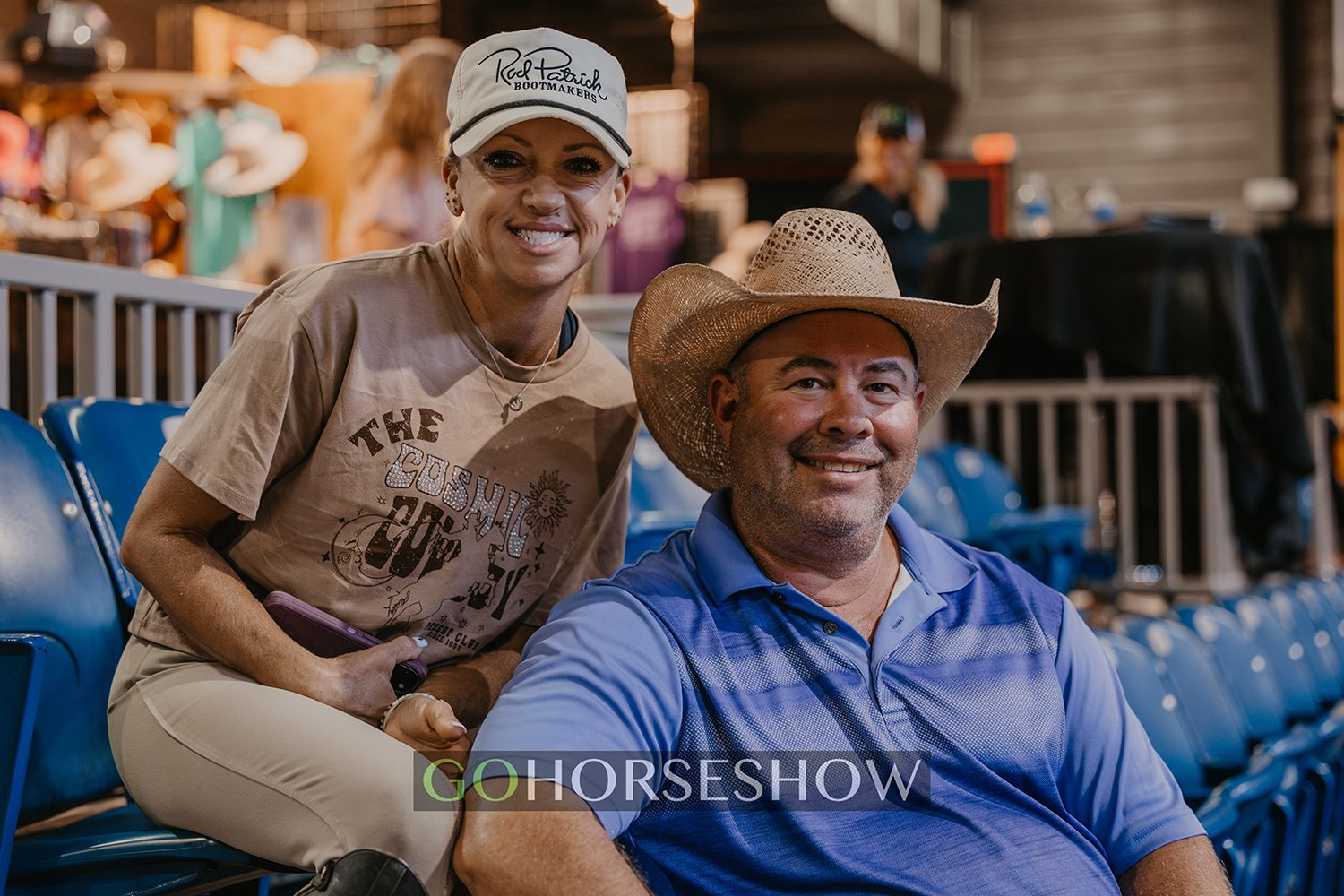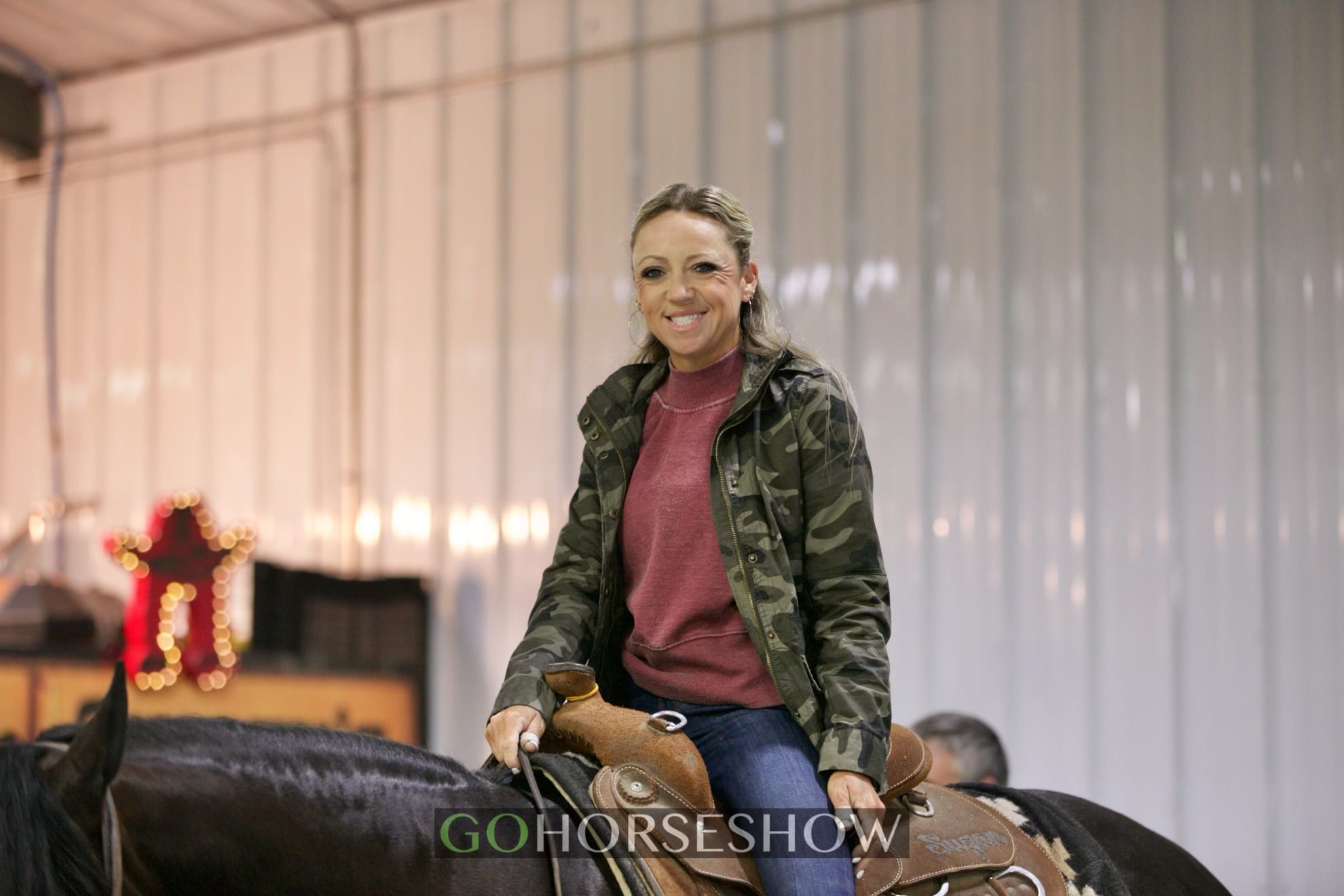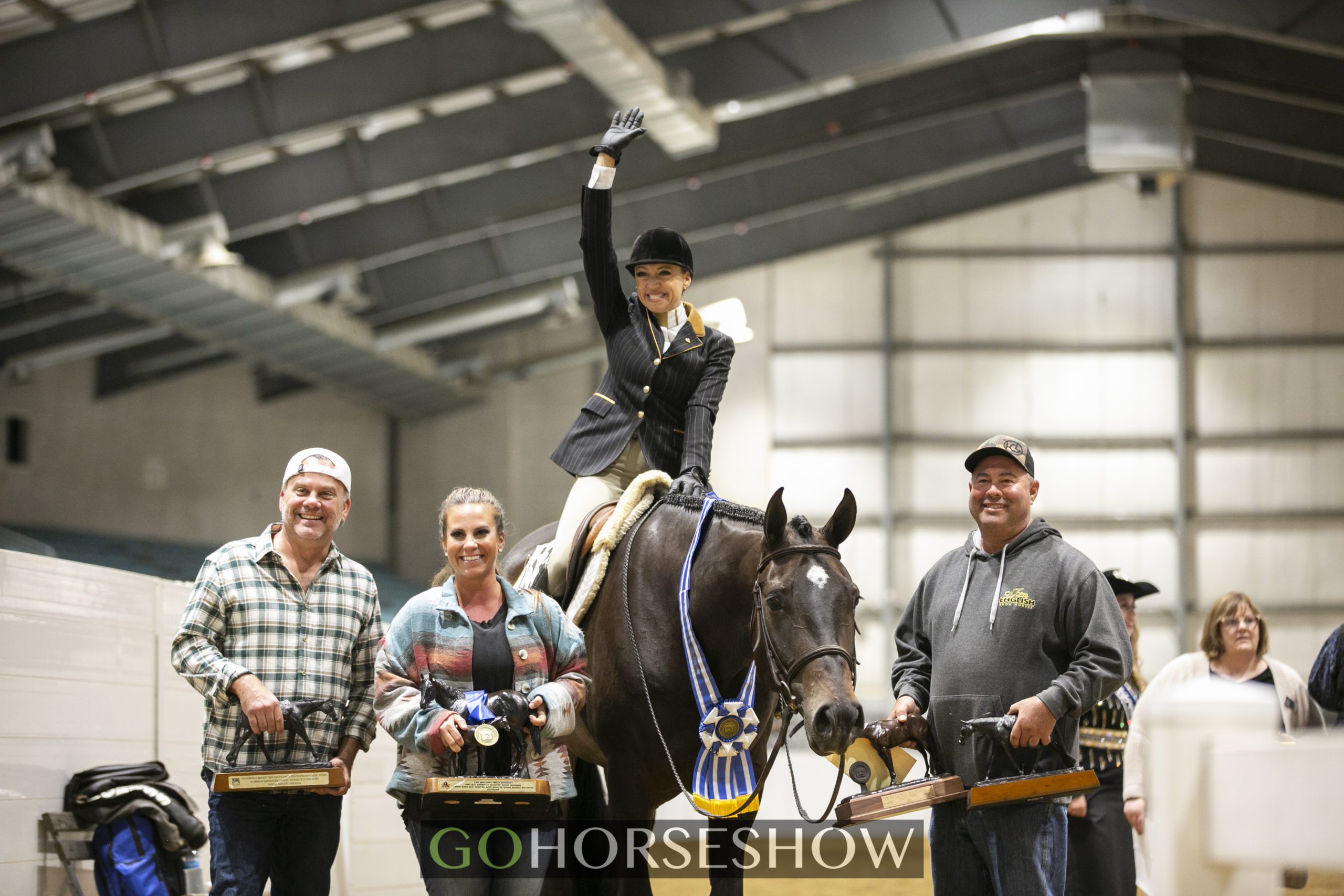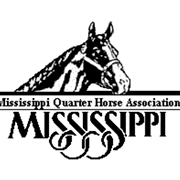One of the best ways to keep showing exciting and fresh is to change up the classes that you participate in. Horse showing offers a variety of opportunities for exhibitors to changes things up. However, each division and class have their own unique expectations that are important to familiarize yourself with before entering the pen.
In part I of this series, we spoke with World and Congress Champion Hunt Seat trainer Keith Miller about how to succeed in the English world after showing predominantly in Western events.
Now, in Part II, we talk with World and Congress Champion trainer Jamie English of Jason and Jamie English Show Horses about her tips for showing in Western classes after predominantly competing in the English division.
Know the Rules and Expectations
Jamie agrees with Keith that one of the first things you should do before jumping into a new discipline is become familiar with the rules and expectations of the class you are looking to try out.
 “It is really important that riders familiarize themselves with the rules of the classes that they are seeking to enter. This will help you get a basic idea of what is expected of you and your horse in any event.”
“It is really important that riders familiarize themselves with the rules of the classes that they are seeking to enter. This will help you get a basic idea of what is expected of you and your horse in any event.”
She adds, “While I think the rules are a great place to start, you will be best-served by being familiar with the rules and then applying them by watching the classes themselves. Sometimes the rules can be difficult to understand without actually seeing the classes in action.”
Observe the Classes
Trends in attire, tack, what movement is desirable, and the best way to exhibit your horse change over time – and some changes happen relatively quickly. Therefore, it is important to observe the class you would like to add in order to see what is winning so that you can do your best to emulate that.
“I would absolutely recommend that anyone interested in showing the pleasure watch the senior pleasure or the open maturity classes at high-level shows as that will give you the clearest idea of what is winning at the highest levels of the sport. This is what sets the trends.”
Jamie admits she wishes she could be a spectator more often. “When you’re showing in the class, you don’t have the chance to look around and see what the other teams are doing. So, if I don’t have a horse for a particular class, I love to take the time to observe it. I think it is really helpful to make notes of what you like and dislike and then see how that compares to what the judges use.”
 “If you find they are using what aligns with your preferences, you probably have a good understanding of which trends to try to aspire to. If you find that your picks and the judges’ picks aren’t lining up, ask your trainer or others for clarity on what is finding success.”
“If you find they are using what aligns with your preferences, you probably have a good understanding of which trends to try to aspire to. If you find that your picks and the judges’ picks aren’t lining up, ask your trainer or others for clarity on what is finding success.”
Jamie reminds non-pro exhibitors, “It is also important to watch your own class in your division to get an idea of the expectations for non-pros. Of course, the open division will set the standard that you should seek to emulate, but you don’t want to get discouraged by giving yourself an unrealistic idea of what is required. While there are some amazingly talented non-pros out there, those divisions are generally more forgiving of both horses and riders.”
“Watching your own class gives you the chance to see how the exhibitors that are finding success are presenting themselves and their horses.”
“Flashion” Sense
One of the obvious, notable differences between the English and Western divisions is the attire. It comes down to more than just a cowboy hat vs. a hunt cap. Western classes have a fashion that certainly sets them apart.
For many, the variety in clothes is both a blessing and a curse. While it is fun to have the opportunity to display a little more individuality in the arena, those pretty clothes can come with a hefty price tag.
“I think a lot of people get hung up on the fashion and they forget that you are being judged on your horse and your ability as a rider, not how cool your outfit is,” Jamie laughs. “That said, it is important to look the part in order to set yourself up for success.”
“It is human nature that if someone comes in well-presented, where everything fits properly, the equipment is clean, the horse is well-turned out, and they make an overall pretty picture, then your first impression will likely make you think more highly of that team.”
She adds, “You don’t need the most expensive outfit or tack, but if your clothing fits well, is reasonably on-trend, and the hat is shaped properly, you can set the right tone.”
Don’t Chase Your Horse
Another key difference between the Western and English divisions is the posture and body positioning of the rider.
Jamie believes that a common mistake for English riders coming to the Western division is that they have a habit of riding more on their pelvis whereas in the Western division, you want to ride more on your tailbone.
 “If you ride with a more forward posture in your hips, you will end up encouraging your Western-trained horse to move more forward and in front of you. You don’t want to chase your horse around the arena with your seat. In English, you want the horse moving in front of your leg, but in Western, you want them moving behind your leg.”
“If you ride with a more forward posture in your hips, you will end up encouraging your Western-trained horse to move more forward and in front of you. You don’t want to chase your horse around the arena with your seat. In English, you want the horse moving in front of your leg, but in Western, you want them moving behind your leg.”
To help get an idea of what this means, she explains, “It’s important to think of sitting back and down in the saddle. This will encourage your horse to sit down in the hind end and lift the front end to achieve the proper movement. If you tip your seat forward, you will encourage them to put their weight more on the front end, which is not the ideal movement. Instead, they need to push from behind and lift the front end to move it out of the way.”
“The best way to avoid chasing your horse with your seat is by sitting down on your jeans’ pockets. I also tell my amateurs to put a little more weight in their outside stirrup so they are in a better position to push the horse’s hip over to be able to lope off.”
She adds, “You want your weight and the horse’s weight on the outside hock. You also want to lock your elbow and push your hand away from the horse’s neck – the idea being that you don’t want to ride over their neck and head like you may in certain English classes.”
“Western riders utilize a lot more leg cues and the horses need a lot more self-carriage. So, as a rider, you need to get used to being more dependent on your feet and having less contact in your hands with their face.”
Slow Your Roll
Similar to Miller’s advice for the English division, Jamie reminds us that, while Western is definitely slower than the English events, the focus shouldn’t center purely around speed.
“Obviously, the speed of Western events is a topic of hot debate. But it is so important that people realize it is more about correct movement than about slow movement.”
Jamie explains, “I think a lot of people get hung up on the lope because they are comparing it to a canter. But a lope and a canter are actually two different gaits. Simply because they are both three-beated movements does not make them the same. A walk and a gallop are both four-beated movements, but they are clearly very different.”
 “Unlike a canter, a lope is way more set back on the hind end. The Western horse needs to stay on their hocks and it requires more self-carriage than a canter. A canter is a more free-flowing gait. A proper lope should be three-beated, but there is a hesitation and steady deliberateness in the lope that make the horse move slower. They shouldn’t look lame and they should still have a rhythm where the front and back ends match, but it shouldn’t look like a canter.”
“Unlike a canter, a lope is way more set back on the hind end. The Western horse needs to stay on their hocks and it requires more self-carriage than a canter. A canter is a more free-flowing gait. A proper lope should be three-beated, but there is a hesitation and steady deliberateness in the lope that make the horse move slower. They shouldn’t look lame and they should still have a rhythm where the front and back ends match, but it shouldn’t look like a canter.”
“I also think people get so hung up on the canter, that they forget about the jog,” she laughs. “The jog needs to be a two-beat gait where the diagonal legs match stride and not a variation of the walk. Even though it’s slower, it still needs to be correct. In fact, your jog is often your first-impression, so it’s important to get that right.”
Jamie reminds us, “Every horse is different – there are some who move incredibly slow, while remaining correct. However, most horses look a lot better when they move a little more forward. You want to show your horse to the best of their ability, not to a particular set speed. Remember, you aren’t penalized for passing a horse so long as you aren’t racing around the arena.”
Know the Horses
Finally, Jamie recommends you familiarize yourself with the horses finding success.
“While you can’t ride the papers, the bloodlines can really help you research your horse and the trends in the animals themselves.”
She emphasizes, “Generally, the bloodlines that have success in Western are very different from the ones that have success in English events. We’ve bred them to be so specialized now and it is in your best interests to understand how the breeding influences movement and behavior.”
“Some lines are known for producing more amateur-friendly mounts and others are known for producing the more extreme movement that wins in the open. While it is important to note that every horse is an individual, I do find it amazing how certain trends really do follow the bloodline (more often than not).”
***
If you do your research, understand what the judges are looking for, present yourself well, and present your horse in a way that highlights its strengths, you will be on your way toward finding success – even in a new discipline.
In case you missed it, be sure to check out part I of this series where we spoke with World and Congress Champion Hunt Seat trainer Keith Miller about how to successfully make the switch to English events after showing predominantly in Western.









